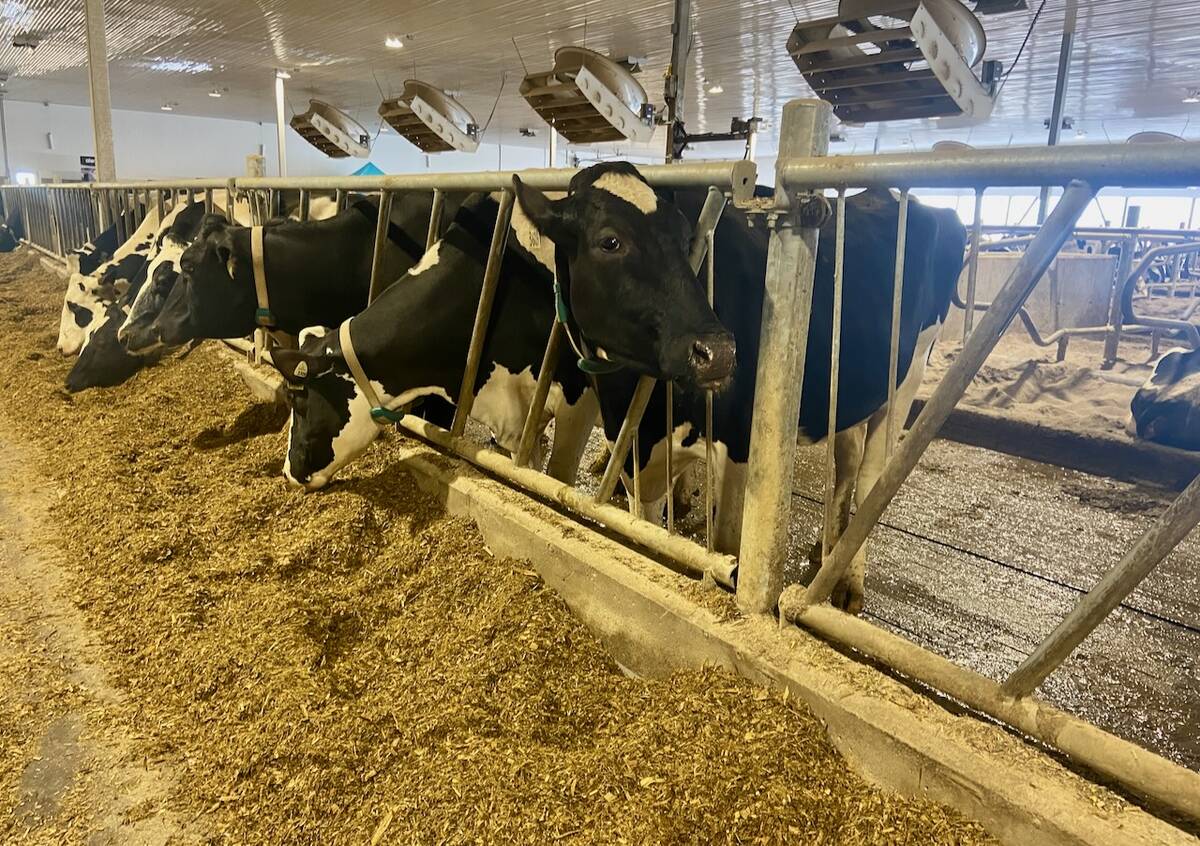RED DEER, Alta. – Pocket gophers continue to plague farmers who try everything from spearmint gum to strychnine to purge the little pests from their fields.
The trouble with these remedies is they don’t work, says researcher Gil Proulx of Alpha Wildlife Research at Sherwood Park.
And they can be expensive.
Proulx, who devotes his time to combatting the pocket gopher, concludes the best way to get rid of them is with box traps and extreme diligence on the farmer’s part. Agricultural Service Boards in Alberta support research to combat these pests.
Read Also

U.S. farm group supports supply management
U.S. grassroots farm advocacy group pushing new agriculture legislation that would move towards supply management like Canada has for dairy industry
Speaking at the Alberta Beef Congress, Proulx told a capacity crowd these rodents are responsible for at least $14 million in economic losses each year in Alberta. Not only do they eat plant shoots, their characteristic mounds damage machinery and leave dirt in hay crops.
Some people call these grey-colored animals moles, but Proulx said they are a separate species and not true moles at all.
They have strong forearms that can burrow at the rate of three centimetres a minute, leaving soft mounds of earth outside the hole. They dig as deep as two metres and create effective tunnel systems as protection from enemies, including the farmer. One gopher can leave 10 mounds in one field and an eight-hectare field could be home to as many as 500 animals.
“Pocket gophers can make you lose 30 percent of the productivity of your field,” said Proulx.
They are active during the winter and continue to build tunnels.
A pocket gopher can eat its weight of 230 grams every day feasting on plant shoots, favoring alfalfa and peas.
“Pocket gophers love peas. If you switch to peas from alfalfa, your gophers will come back,” said Proulx.
They’re also prolific breeders, delivering as many as 10 per litter. Last year in Alberta it was discovered females were producing two litters a year, which is a first for North America.
To control them, Proulx recommends a box trap rather than poison.
“I would suggest strongly that you stop investing in poison. All you’re doing is killing everything, except gophers.”
The trap is a small wooden, open-ended rectangular box, which is placed at the burrow. The animal walks in because it appears to be an extension of the tunnel. The box holds a wire apparatus that kills them instantly.
Traps with floors like the “black hole” trap often don’t work because the gophers are afraid of the floors and avoid them.
He recommends laying traps in the middle of the field and working out to the borders in a circular fashion. At least two dozen traps in an eight-hectare field are a good start. They need to be laid before June because the young are usually born early and if they are missed, the population won’t decline.
The trap line must be inspected each day and as more are caught, traps can be laid on the borders of fields.
This summer Proulx will be offering workshops in the Red Deer area on how to lay traps.
Poisons only kill about 30 percent of a population. Poisons in pellet form are avoided by the rodents because they resemble rocks. Further, anticoagulants like strychnine are ineffective because the gopher’s mouth is protected by the fur lined pockets in its cheeks which the poison can’t permeate.
The antidote for strychnine is vitamin K which is plentiful in alfalfa, a favorite of the gopher.
If people try to drown or gas them, the gophers will plug the tunnel with dirt and dig in another direction.
“You’ll always get a few but you won’t kill enough to make a dent in the population. Actually with propane you have more chance of blowing out your windshield than killing the gophers,” Proulx said.
“Gum doesn’t work either.” He has researched feeding captive gophers spearmint gum but all it did was make them sticky.
Introducing birds of prey works to a degree but hawks can’t kill them all, said Proulx.
Nor will farmers who deep band anhydrous ammonia get any respite.
“If enough anhydrous was applied to kill them, it would kill the crop,” he said.















